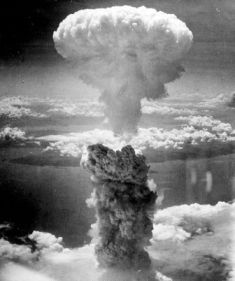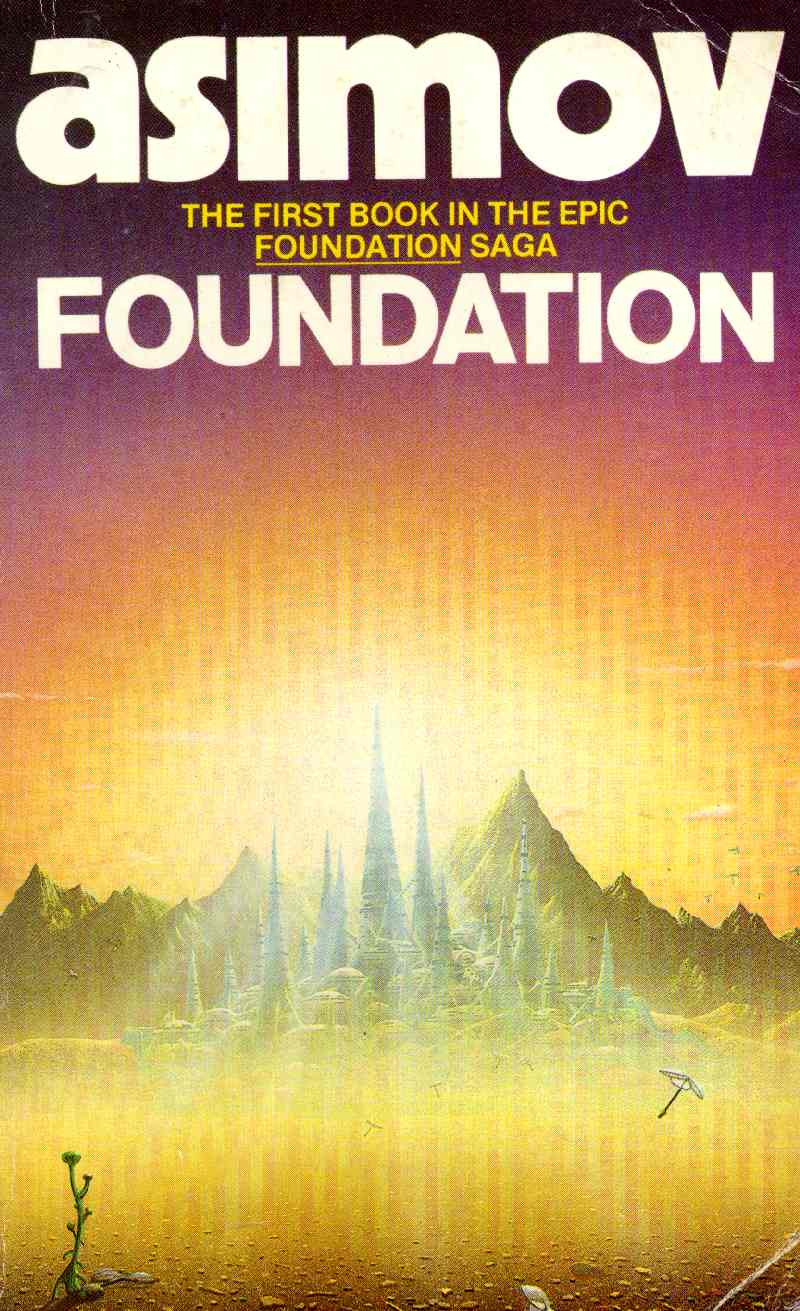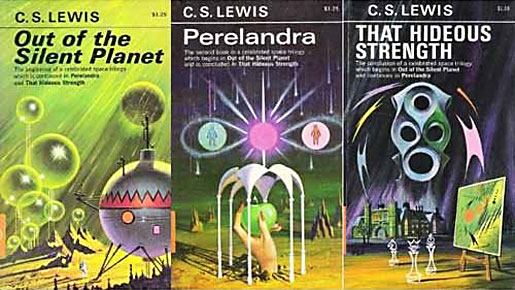Summary:

The 1940s were a decade dominated by World War II. This conflict, fueled by ambition, conquest, and desperation, rivaled, and even surpassed the Great War in its scope, causing the two wars to be renamed World War I and World War II. It was a time when human depravity was on display, and when human morality had a chance to triumph. Yet, there were many areas of murky grey when it came to the Second World War as well.

Many of the moral questions raised by World War II involved the new technologies which were being invented and utilized in battle. Radar, ballistic missiles, computers, and jet aircraft were all employed in the war effort. Most notably, the atomic bomb was developed and used during the course of the war. The first, and to this date, the only, use of an atomic bomb in battle was when the United States dropped two atomic bombs on the Japanese cities of Hiroshima and Nagasaki- effectively ending the war.
As human nature reared its ugly head, and issues of morality and technology presented themselves, science fiction came right alongside all of it- to make commentary on it, question it, and speculate about it.
Science Fiction:
As I have previously mentioned, there was an explosion of high-quality science fiction material from the end of the 1930s through the 1950s. This is explosion is known as the golden age, and the 1940s fall right at the center of it.
Literature-

In 1941, science fiction giant Isaac Asimov published his acclaimed short story “Nightfall”, which he later expanded into a full-length short story. It speculates on a world that is surrounded by six suns preparing to experience a very rare phenomenon known as “night”. The same year, the notable author Theodore Sturgeon, who wrote many classics on his own, as well as adding to other science fiction projects later on, published Microcosmic God. This book tells the story of a man who creates a race of intelligent beings, and evolves them rapidly to invent highly advanced technology for his own gain.

Also in 1941, Robert A. Heinlein, another name revered throughout science fiction literature, published “Universe”, the first short story in his collection Orphans of the Sky. These stories concern what has come to be known as a generation ship- a ship on which a population of humans lives, reproduces, and dies until it can reach its faraway destination.

One of the first major science fiction anthologies, The Other Worlds: 25 Modern Stories of Mystery and Imagination, was edited and published by Phil Strong in 1941.

Around 1942, Isaac Asimov began work on the stories that would become one of his most famous accomplishments, the Foundation series. Foundation is about a future history in which the science of psychohistory allows those who study it to predict future events.

Christian theologian and expert wordsmith C.S. Lewis continued his Space Trilogy in 1944 with Perelandra. He speculates on what the temptation and fall of mankind may have looked like under different circumstances, and on another planet. He concluded the series in 1947 with That Hideous Strength.

The first academic analysis of science fiction as a genre was released by J.O. Bailey in 1947. It was called Pilgrims Through Space and Time.

George Orwell published his dystopian novel 1984 in the year 1949. The world he created was one of war, tight government surveillance, and individual thought. This novel has since taken its place in both literary and science fiction history.
Magazines-
The war impacted all areas of life, including the magazine publication industry. In 1941, a severe paper shortage in England forced editor John W. Campbell to shut down Unknown Magazine in order to preserve Astounding Science Fiction.

However, a new addition to the array of English science fiction magazines came in 1946 when New Worlds began publication. It would go on to become one of the most influential British sci-fi magazines.

Another important magazine, The Magazine of Fantasy and Science Fiction, released its first issue in 1949.
Film-
_Batman-Robin-1.jpg)
A fifteen chapter Batman serial was released in American theatres in 1943. It was Batman’s first on screen appearance. The caped crusader himself was played by Lewis Wilson. Douglas Croft played his sidekick Robin; and the villain, a Japanese agent named Dr. Daka was played by J. Carrol Naish. It ran for fifteen installments, and served as both entertainment, and war propaganda.
Superman also made his first live-action appearance in 1948 in a fifteen-part serial in which he was played by Kirk Alyn. This was not the first time Superman took to the screen, however, as an animated Superman serial was released from 1941-1942.
Comics-

The universe of comic book characters exploded with new additions in the 1940s. DC Comics characters The Flash, Green Lantern, and Robin were created in 1940, along with the superhero team up Justice Society of America. Captain Marvel was also introduced in this year. In 1941, two of the most iconic characters after Superman and Batman, Captain America and Wonder Woman, debuted in comics.
Television-
Television was just becoming a widespread phenomenon at the end of the 1940s, and science fiction was already on the cutting edge. Though the show is not widely remembered, Captain Video, beginning in 1949, holds the distinction of being the first American science fiction television show. It told the story of a hero protecting the world from galactic terrors alongside his teenage sidekick. While rather unassuming, Captain Video paved the way for some of the most memorable science fiction in the history of the genre.
Keep on glowing in the dark,
Elora
No comments:
Post a Comment